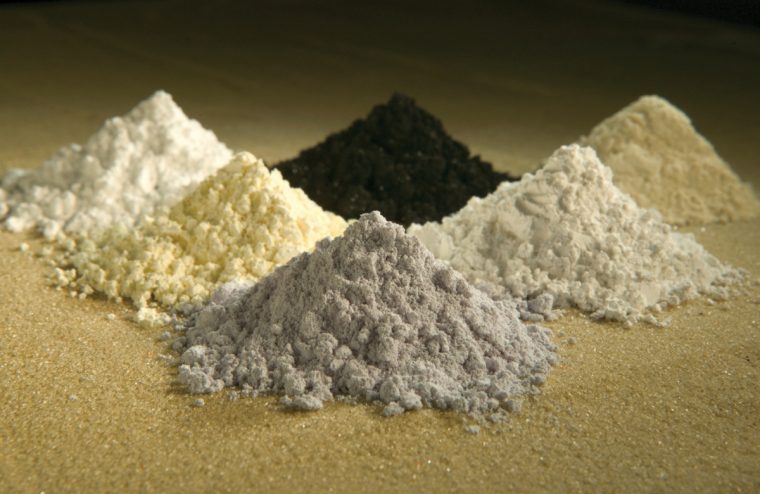New Honda Hybrid Will Be First to Not Use Heavy Rare Earth Metals

Light rare earth elements. Clockwise from top center: praseodymium, cerium, lanthanum, neodymium, samarium, and gadolinium.
Honda has announced it will introduce a new motor for an upcoming hybrid vehicle that won’t use heavy rare earth metals, which are normally imported from China.
The automaker worked with Daido Steel Co. to develop magnets for the Freed minivan, which will go on sale this fall in Asia. The Freed is based on the same platform as the Fit.
Hybrid vehicles that combine gasoline engines and an electric motors are becoming increasingly popular in developed countries and while they are very efficient on the road, they require a steady supply of rare earth elements like terbium and dysprosium, which are increasingly challenging to obtain.
China is by far the world’s main supplier of rare earth metals, but as a part of a territorial dispute with Japan, it imposed a temporary ban on exports to the neighboring nation.
Honda says the magnets in the Freed’s motor do not use terbium or dysprosium and that this not only reduced the cost of producing the magnets by 10% but also reduced their weight by 8%. However, the magnets still use the light rare earth metal neodymium (seen above), which in addition to China is also available in North America and Australia.
Honda aims for two thirds of its lineup to be made up of electrified vehicles by 2030, making the need to find more cost-effective and environmentally-friendly ways of building the motors even more urgent.
The automaker is not alone in this effort. In 2011, Toyota said it was developing an alternative motor for future hybrid and electric cars that wouldn’t need rare earth elements, and Nissan also said it would cut back on their use and explore recycled materials.
Source: Honda

The News Wheel is a digital auto magazine providing readers with a fresh perspective on the latest car news. We’re located in the heart of America (Dayton, Ohio) and our goal is to deliver an entertaining and informative perspective on what’s trending in the automotive world. See more articles from The News Wheel.

